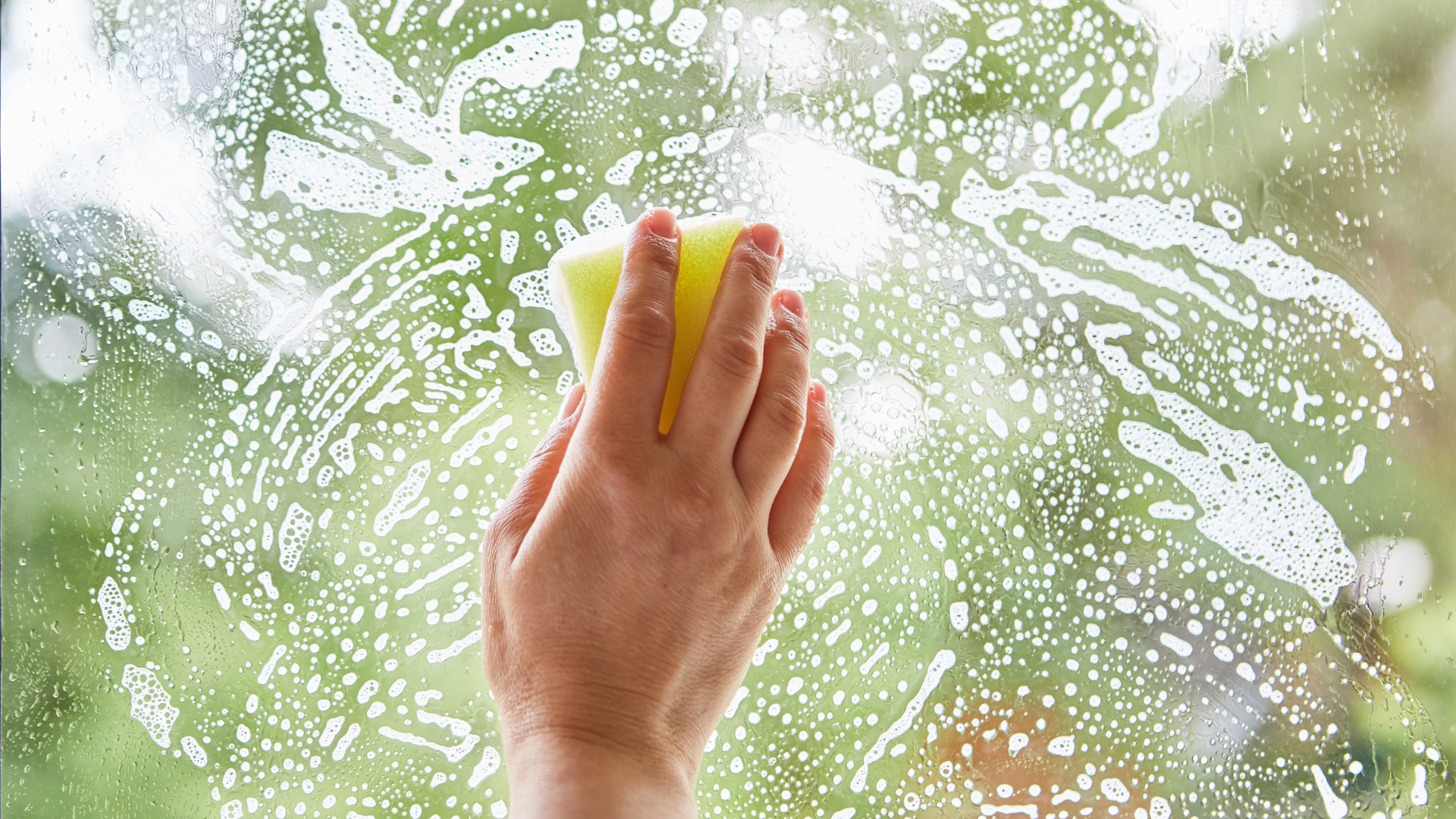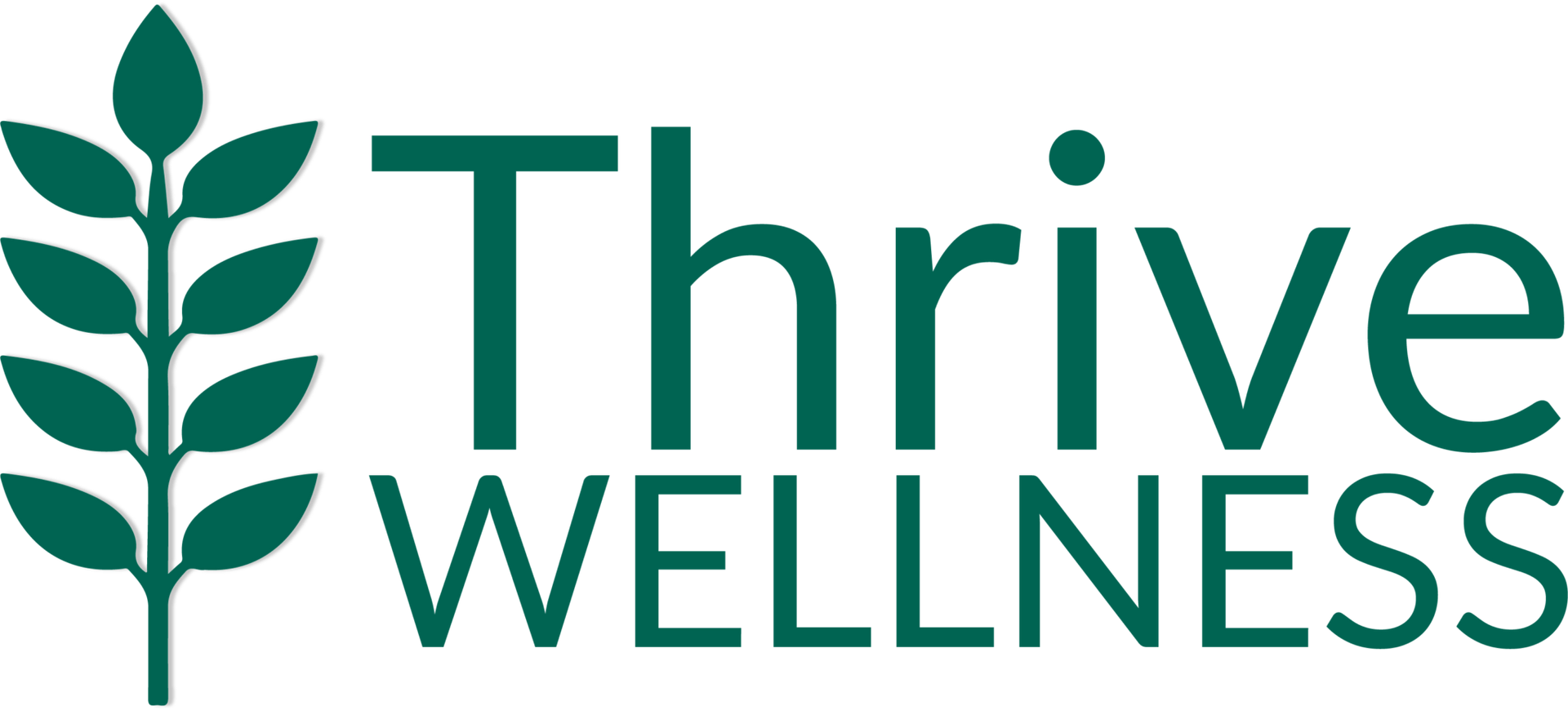Mindful Movement For All: How to Practice Moving Intentionally

Thrive incorporates the concept of mindful movement into its treatment of eating disorders and perinatal mental health conditions. We emphasize mindful movement in these programs because of the healing effects that body movement awareness can have on individuals struggling to regain a healthy, accepting relationship with their bodies. But mindful movement is not just for individuals struggling with eating disorders or perinatal mental health. Actually, mindful movement can help everyone approach movement with self-compassion, flexibility, and a sense of enjoyment — all while boosting your mental health and physical wellness.
WHAT IT MEANS TO MOVE MINDFULLY
Mindful movement is noticing without judgment the sensations that you feel in your body when you are intentionally moving. When you move mindfully, you move for intrinsic reasons, rather than extrinsic reasons which typically drives traditional exercise. Oftentimes, the motivation for traditional exercise is results-based. Exercising to lose weight, win in competitive sports, or change how your body looks is not only not sustainable, but these external motivations also take all the fun and meaningfulness out of moving intentionally. When moving mindfully, the motivation is internal. The goal of mindful movement is to simply enjoy the experience of moving intentionally in your body.
Our bodies are distinct. As a result, physical activities are going to feel different for everyone. Additionally, we all have varying perspectives of what exercise consists of in terms of physical activity, intensity, and duration. You want your type of movement to be enjoyable, and because we are all unique, mindful movement can mean different things for different people.
THE BENEFITS OF MINDFUL MOVEMENT
Consistent mindful movement provides many physiological benefits, including:
- Promoting cardiovascular health
- Promoting stronger bones
- Promoting better sleep
- Increasing immunity to illness
- Lowering the risk of chronic pain and injury
- Maintaining functional mobility throughout life
Additionally, there is a direct correlation between mindful movement and positive mental health. Mindful movement is a form of self-care. If you help take care of your body physically, your body will help take care of you mentally.
Everyone can benefit from mindful movement. Research shows mindful movement can help lower stress and anxiety, in addition to improving depression and overall mood. There is also scientific evidence that supports the idea that practicing mindful movement can help lower the risk of relapse from eating disorders and addiction disorders as well as sustain long-term recovery from these illnesses.
MINDFUL MOVEMENT AT THRIVE
Thrive incorporates mindful movement therapeutic groups into both our eating disorder and perinatal mental health treatment programs. Eating disorder treatment clients who are struggling with overexercising or exercise-avoidant behaviors also have access to individual sessions with Thrive’s mindful movement specialists. As we continue to expand, Thrive intends to offer mindful movement therapy as an outpatient service.
A Typical Thrive Mindful Movement Session
To begin…
Before starting a movement session, clients take a few deep breaths. They turn their attention inward by performing a head-to-toe body scan, noticing without judgment how they feel in their bodies. They assess their energy levels. From there, the mindful movement specialist asks the participants to think about how intensely they would like to move their bodies based on how they feel. The clients make an intention or goal for the movement session.
While moving…
During the movement session, clients practice noticing without judgment how they are feeling in their bodies as they move.
To close…
After the movement session, clients perform the same deep inward awareness exercise that they did before they started. They take a few deep breaths while noticing how they feel in their bodies after moving. Clients reflect on how, or if, they met their intention without judgment.
HOW TO INCORPORATE MINDFUL MOVEMENT INTO YOUR LIFE
It’s not necessary to join a mindful movement therapy group to incorporate the practice into your life. You can take ownership of your movement. Here’s how —
- Block out time in your schedule to move mindfully, regularly.
- Do activities that are fun and feel good.
- Mix up your routine with a variety of physical activities. Doing the same kind of movement can get boring. Keep your movement fun, so you keep engaging in the activity.
- If you are feeling emotionally drained or tired before you plan to move, be flexible and practice self-compassion. It’s okay to walk rather than run. If you’re feeling physically or emotionally exhausted, it’s even okay not to move at all. Listen to what your body is telling you.
There you have it. Now, go practice moving while listening to your body without self-judgment and adjusting as necessary. Remember to make sure it’s enjoyable, too. If you’re in need of additional guidance, Thrive is also always here to support you on your holistic wellness journey.
About the Author
LIZ LASS, RN, CEDRN, CPT — Director of Nursing
Liz Lass, RN, CEDRN, CPT, is Thrive’s Director of Nursing and is truly passionate about working with the eating disorder community. Liz earned her Bachelor of Science in Nursing from the University of Nevada, Reno, and Bachelor’s in Science in Exercise and Sport Science from Western Washington University in Bellingham, WA. Liz is a CEDRN (Certified Eating Disorder Registered Nurse) and has 9 years of experience working with the eating disorder population. Liz is also a certified personal trainer and is passionate about integrating her background of exercise science into her practice through mindful movement and helping clients heal their relationship with exercise. Her dynamic role at Thrive Wellness includes performing nursing assessments, providing meal support, leading groups, consultations, and assisting prescribers at Thrive Wellness with coordination of care between agencies, pharmacies, and laboratories. In her free time, Liz enjoys all that the Reno-Tahoe area has to offer, including skiing, hiking, biking, camping, wake-surfing, paddle boarding, and listening to live music. She grew up in Sun Valley, ID, and lives with her husband, two sons, and blue heeler in Verdi, NV.
The post Mindful Movement For All: How to Practice Moving Intentionally first appeared on Thrive Wellness.

Start your healing journey today
NEXT STEPS
Are you ready to find hope? We can't wait to connect you with the care you need. To get started with us, please reach out using the link below.

Obsessive Compulsive Disorder

Perinatal
Mental Health
Obsessive Compulsive Disorder
Perinatal
Mental Health
SITE MENU
THRIVE LOCATIONS
Reno, NV 89501
OCD & Anxiety Disorders
Luella Garvey House
Perinatal Mental Health
"It Takes A Village"
Virtual Program
All Rights Reserved | Thrive Wellness | PRIVACY POLICY





